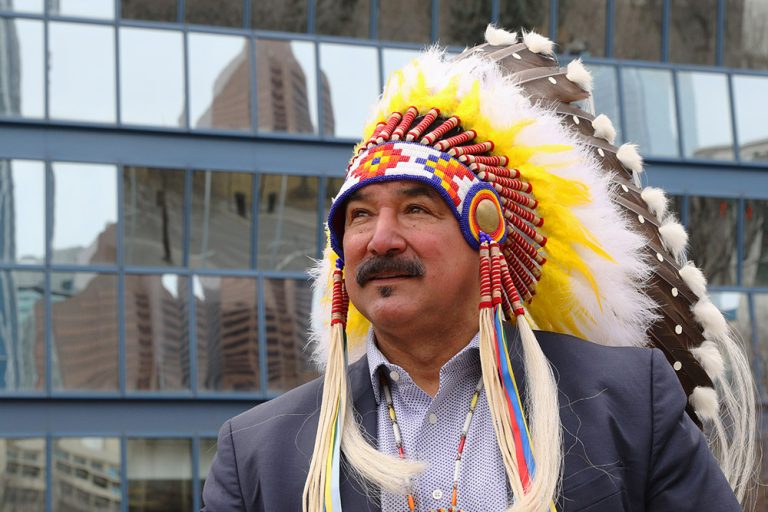Written by Robert Merasty, The executive director of the
Indigenous Resource Network and former chief of Flying Dust First Nation.
Access to capital has become a major roadblock for Indigenous communities in their pursuit for ownership in major resource projects in Canada. A probable solution to this issue of access to capital is the implementation of guaranteed loan programs where the government can loan to Indigenous communities and supplement the funding arrangement for acquiring an equity stake. Once Canada implements a national program many more Indigenous communities will be able to pursue ownership.
The issue with access to capital has been explored before with some Indigenous communities in BC having issue accessing the capital necessary to pursue an equity stake in the Coastal Gaslink pipeline. However, the Indigenous communities did not raise the capital in time. If there was a government program that guaranteed loan financing for Indigenous communities in this exact situation, there would be an easier time. However, there are provincial examples of such programs that are operating successfully and doing exactly what they are supposed to do: Provide access to capital for Indigenous communities pursuing ownership in resource projects.
Alberta is the best example of their Alberta Indigenous Opportunities Corporation (AIOC) providing the necessary financing mechanisms for Alberta Indigenous communities. The AIOC has had many success stories including the monumental Enbridge agreement between 23 First Nation and Métis communities and their 11.57 percent interest in seven Enbridge pipelines in Alberta’s Athabasca region. The AIOC provided $250 million to the 23 Indigenous communities. This investment totals $1.12 billion, the largest Indigenous ownership agreement in North America to date. AIOC has also played a role in providing $27 million for the Frog Lake First Nation, $40 million in the Norther Courier Pipeline system, and providing the necessary capital to six First Nations in their equity stake in the $1.5 billion Cascade power project.
Ontario has a similar program called the Ontario Aboriginal Guaranteed Loan Program which has a similar role as Alberta’s AIOC. Ontario has also seen success with the Moose Cree Nation acquiring a 25 per cent equity share in a $2.6 billion project, the Lower Mattagami River Hydroelectric Project. Lastly, Saskatchewan has its Saskatchewan Indigenous Investment Finance Corporation (SIIFC). The SIIFC is new and was only recently announced earlier this year. However, there are reports that the $75 million slotted for project loans is not enough and demand is too high. Pretty soon the Saskatchewan government will need to invest even more into its SIIFC program.
The demand for these projects is clear and there are countless other examples across Canada where Indigenous communities are struggling to access the capital necessary for ownership in their projects. Implementing a National Indigenous Guaranteed Loan Program will offset the struggle many Indigenous communities are experiencing and will raise the capital necessary for Indigenous ownership. The future of resource projects is through Indigenous ownership. The success stories are already there, and there is a clear argument for this type of economic reconciliation.
The federal government has the unique ability to provide guaranteed loans at very low rates that cost the taxpayer nothing and Indigenous communities will pay the interest. This opportunity provides our communities with a chance to be involved in resource development and become prosperous. Canada needs a National Indigenous Guaranteed Loan Program.
Most Indigenous peoples and nations are not opposed to resource development. In fact, almost every Indigenous community is involved at some level in forestry, commercial fishing, agriculture, oil & gas, or mining already. What we are opposed to is being left out. For over a century, resources were extracted from our territories without our say and without our benefit. That was never acceptable; now it’s no longer legal. But we are not looking to grind resource development in Canada to a halt. We are looking for opportunities to get involved: as workers, contractors, partners, and owners.



